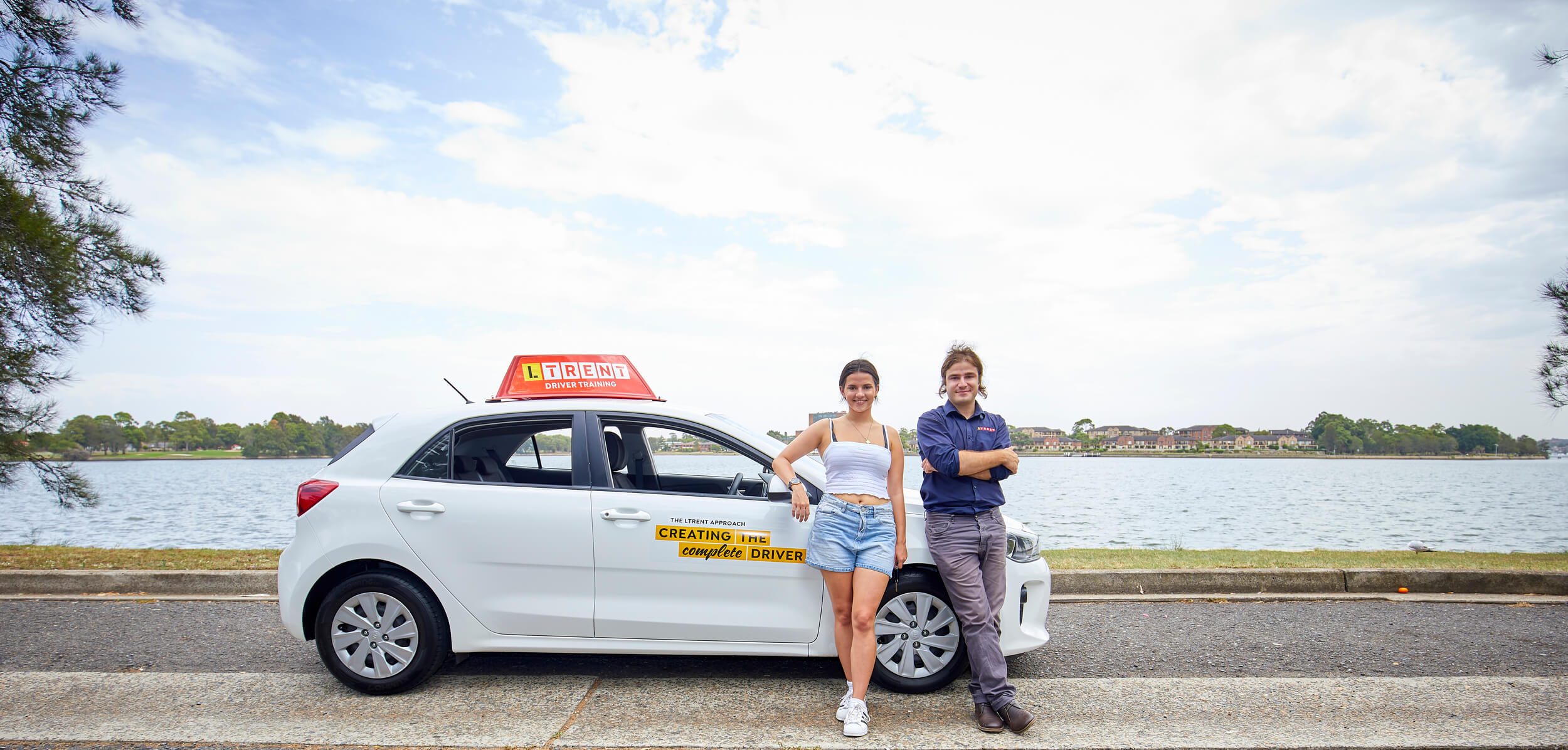Road Rules in NSW
Staying informed about the latest road rules is essential for all drivers in New South Wales (NSW). With new regulations being introduced to enhance road safety and accommodate diverse needs, it’s crucial to understand these changes whether you are a learner or a fully licensed driver.
In this blog, we will explore the most recent updates to NSW road rules, as well as significant changes from previous years, ensuring you have the knowledge to drive safely and legally on NSW roads.
New Road Rules in NSW
Recent Road Rule Changes in NSW
- Demerit Point System: In a bid to promote safer driving, NSW has introduced a trial where drivers who maintain a clean record for one year will have one previous demerit point removed from their licence. This initiative is expected to benefit over 1.7 million drivers.
- Sikh Exemption for Helmets: The Road Rules Amendment (Helmets—Sikh Exemption) Bill 2024 exempts Sikh motorcyclists who wear turbans from the requirement to wear an approved helmet. This change respects religious practices while maintaining road safety.
- Use of Mobile Phones: Drivers are prohibited from holding a phone while driving or when stationary (unless parked). Phones can be used only if secured in a fixed mount. This rule is stricter for learner and provisional drivers, who are not allowed to use any phone functions while driving.
- Roundabouts and U-turns: Drivers must indicate when entering and exiting roundabouts. Emergency vehicles can now make U-turns even without an emergency, provided they do so with reasonable care and have their lights or sirens activated to signal other drivers to give way.
Changes from 2019
- Passing Stationary Emergency Vehicles: Introduced in September 2019, drivers are required to slow down to 40 km/h when passing stationary emergency vehicles displaying flashing lights on roads with speed limits of 80 km/h or under. On roads with speed limits over 90 km/h, drivers should slow to a “speed that is reasonable for the circumstances” and, if safe, move to an adjacent lane to provide more space.
- Ensuring Space on Multi-Lane Roads: Motorists must move to the lane further away from the stopped emergency vehicle if it is safe to do so. This rule aims to provide emergency services with more space and reduce the risk of accidents. This does not apply if the emergency vehicle is on the opposite side of a road divided by a median strip.
Key Takeaways
- Fines and Penalties: Non-compliance with these rules can result in significant fines and demerit points. For example, failing to slow down near stationary emergency vehicles can lead to a fine of $457 and three demerit points.
- Safety and Compliance: These changes underscore the importance of adapting driving behaviour to ensure the safety of all road users, including emergency service personnel.
Read our blog: The Top 10 Misunderstood Road Rules in NSW
Book Driving Lessons with LTrent
For a comprehensive understanding of NSW road laws, whether you are a learner driver or have a P1 or P2 licence, LTrent Driving School offers extensive resources and support. Contact us on 02 8748 4500 or book a session through our website to stay informed and compliant with the latest road rules in NSW.
